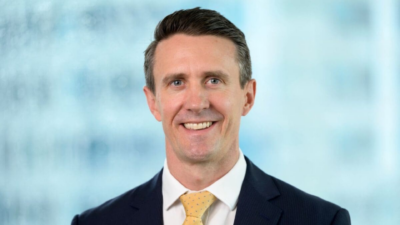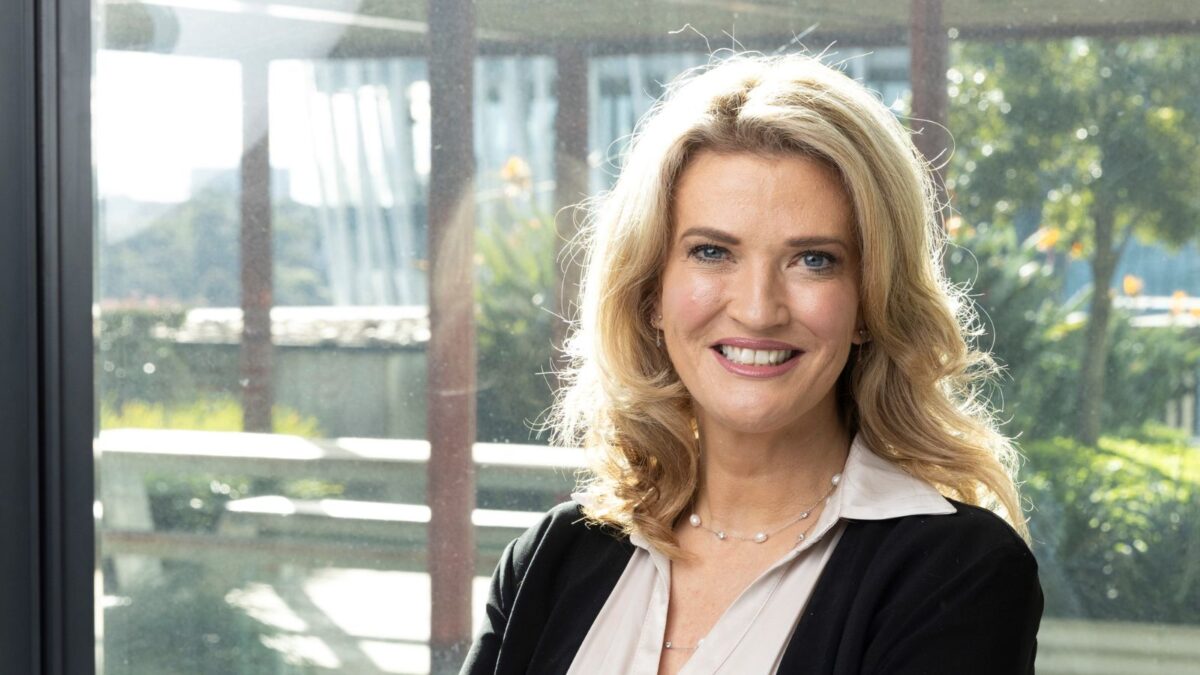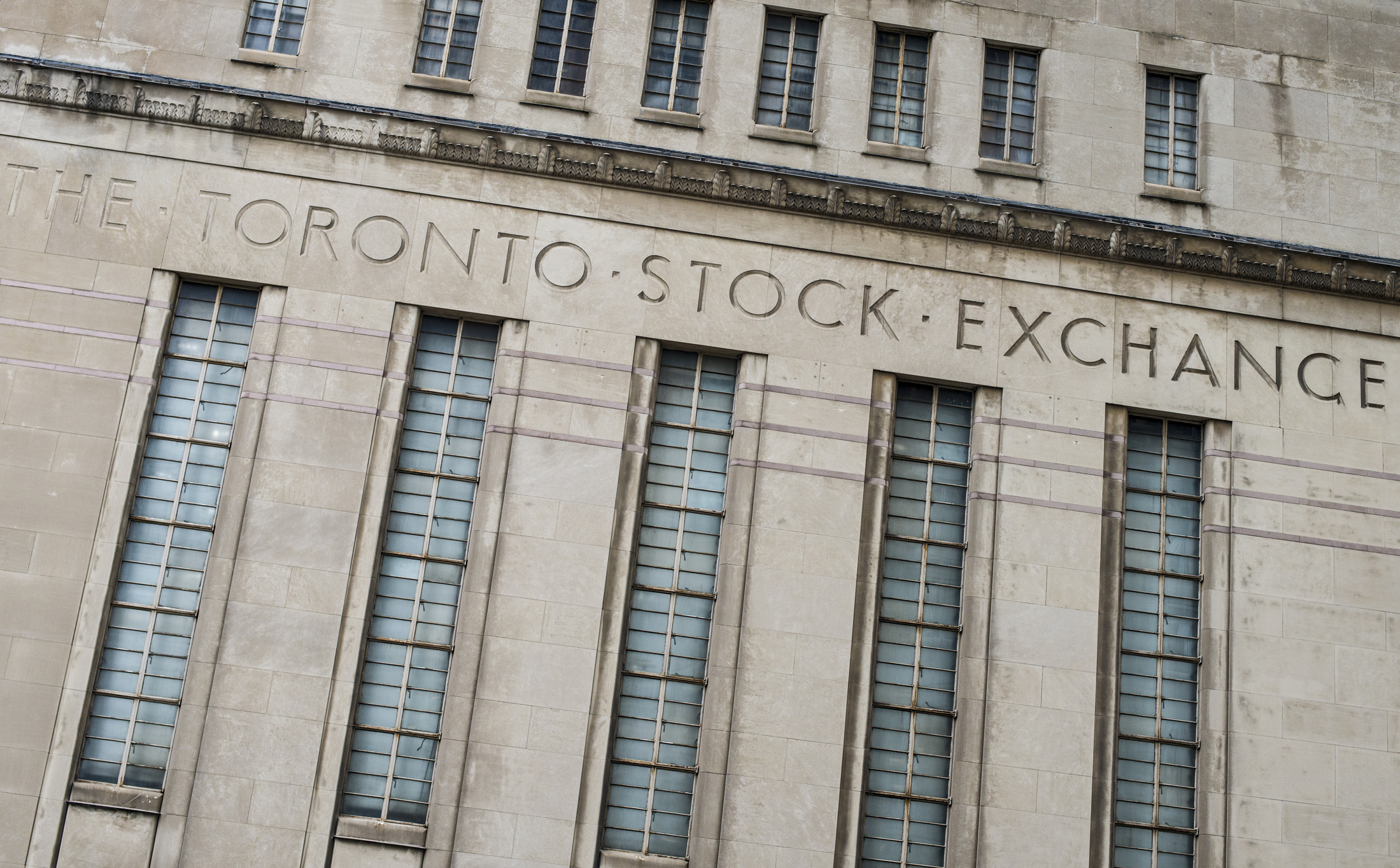ART gets serious about investment resilience
Jody Fitzgerald has been appointed head of investment resilience and planning at the $260 billion ART as the megafund looks to strengthen some of its internal functions in response to its massive (and growing) size. The newly created role is responsible for “ensuring investment portfolios and investment capability can consistently and effectively navigate and adapt” to a changing investment landscape.
“Resilience is designed to be the counter for the investment risk takers; they run what you might typically think of investment risk analysis and provide insights from that,” ART CIO Ian Patrick tells ISN. “They’re responsible for saying ‘do you realise your real estate portfolio factor risks or geographic risks are up – is that what you intended, and can we have discussion about it?’ all the way through to designing some of our reg team exercises to test liquidity and preparedness to respond if there’s a risk-off event.”
Fitzgerald will also have a hand in data and modelling governance and will be responsible for scrutinising the resilience of ART’s own capabilities in the same way that a manager selection team would think about the resilience of external service providers.
There’s nothing “fundamentally new” to a super fund in that combination of skills, Patrick says, but elevating it as a voice to the CIO allows for a better view of the problems that might be hidden in the portfolio – a view that is increasingly difficult for a CIO to get in a “big fund and a big team”.
“These are sizeable and somewhat complex investment organisations which are likely to get even more complex as we think about the Retirement Income Covenant and the desire for appropriate retirement solutions, a good proportion of which will fall to investment delivery,” Patrick says.
“The other reason (the role was created) was to separate out the risk function, elements of which had grown up in strategy. Once you’ve matured to a point you need that voice to be somewhat more independent. It’s still in investments but there’s a degree of separation – by not reporting to head of strategy – to speak loudly and confidently.”
ESG and climate also “loom large” as forces impacting portfolio resilience in the medium- to long-term, but there are data and risk measurement skillsets that aren’t “natural skillsets of the sustainable investment or the ESG team”.
“It made sense for us to pair those with wider market and other investment risk – counterparty risk considerations – in resilience, so that they’re as robust technically as any of the other risk disciplines,” Patrick says.
In a practical sense, ART is exploring investment resilience by examining the real drivers of returns in the post-Covid environment. A “classic example” has been the role commodities played in the strategies two funds that created ART – QSuper and Sunsuper.
“We’ve had this testbed in legacy QSuper portfolios that have a, let’s call it always on, allocation to commodities,” Patrick says. “Legacy Sunsuper portfolios (ed: now referred to as Super Savings) didn’t have exposure to commodities, and we’ve been able to unpack the experience of both sets of portfolios and, because of the live exposure in Q, impute what might have been appropriate if we created the capacity for an exposure in Super Savings portfolios and used an extension of our dynamic asset allocation framework to size it rather than it always being on.”
It’s also been looking more deeply at some of the factor exposures inherent to real assets, a project that is influencing how the fund rebalances portfolios by re-examining the “rule of thumb” that imputes a combination equity/bond weight used as a proxy for real assets.
“That (rule of thumb) is crude in the sense that it treats the equity beta as universal and with some more work on the factor exposures – and I don’t want to put any level of precision on this given the idiosyncratic nature of real assets – one can revisit the extent of equity beta and particularly inflation and growth factors and redesign those proxies, which we think will result in a better and stronger portfolio.”











